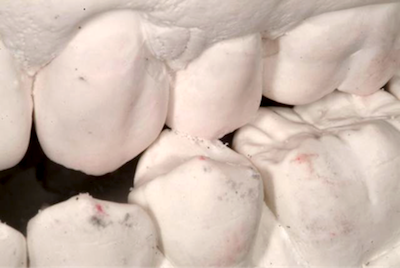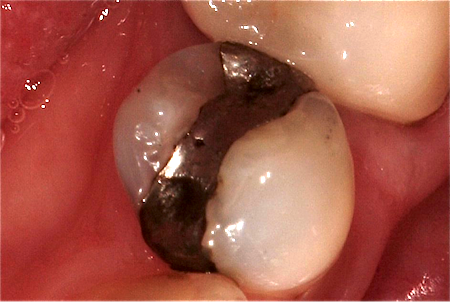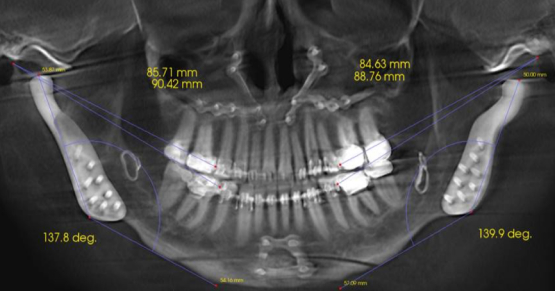The Truth About Crossover Interferences
In our occlusion seminar, we talk about crossover — the lateral excursive position where the lower canine moves past the upper canine. If the anterior teeth are not set up correctly, it can lead to posterior interferences and more breakdown of teeth in the chronic bruxer.
The image below shows a crossover interference: When the teeth are touching, the anteriors are out of contact and all of the force on the left side is on that tooth.

Now look at the image of the tooth and see the wear facet on the distolingual and in the alloy.

This tooth had a deep crack under the filling and the tooth was sensitive to bite and release — classic cracked tooth syndrome. The patient also had a sore masseter muscle on the left side of her face.
FOUNDATIONS MEMBERSHIP
New Dentist?
This Program Is Just for You!
Spear’s Foundations membership is specifically for dentists in their first 0–5 years of practice. For less than you charge for one crown, get a full year of training that applies to your daily work, including guidance from trusted faculty and support from a community of peers — all for only $599 a year.

By: Steve Ratcliff
Date: February 15, 2013
Featured Digest articles
Insights and advice from Spear Faculty and industry experts


